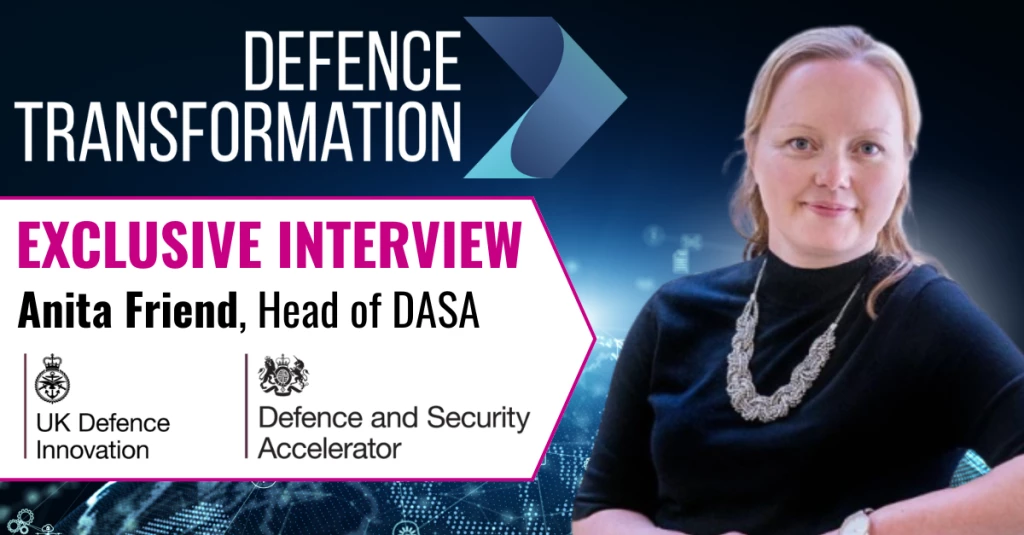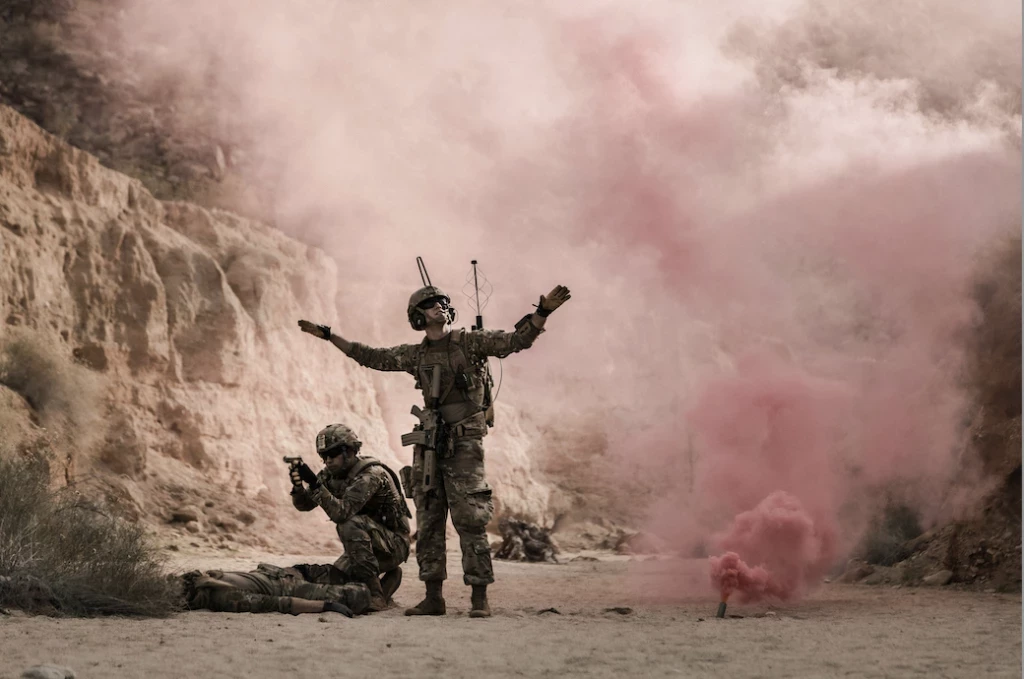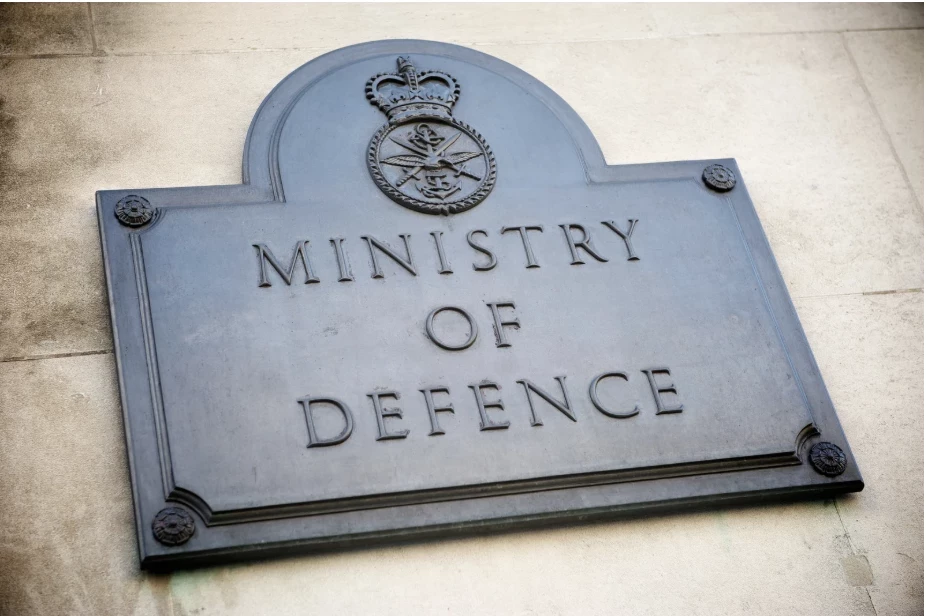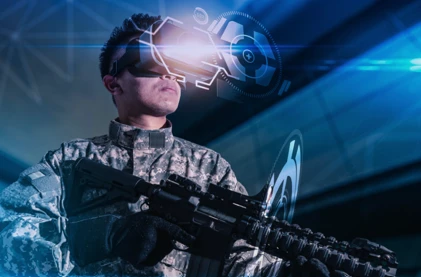Bringing Test and Evaluation into the digital future
Add bookmark
Defence iQ is pleased to be able to bring you this article by Cathy O’Carroll, Global Campaign Director - Integrated Test & Evaluation at QinetiQ. The topic aligns with Defence iQ's editorial theme of innovation and transformation of the defence enterprise and compliments ideas under discussion in the Digital Transformation in Defence webinar series that we are hosting throughout 2021.
The pace of innovation is an increasingly dominant factor in deterring aggression and winning battles. Getting capability from the drawing board to the front line quickly is now recognised as being fundamental to modern warfare – but this new urgency will only convert to success if the capability delivered is proven to be useable, safe, reliable and effective.
Testing, evaluating and certifying military equipment prior to its deployment and during its service remains critical – but has historically been an expensive, time-consuming endeavour. When an asset is procured to defend against a predictable and unchanging threat over several decades, nothing is lost if it spends a few years in development. But in today’s unpredictable and constantly changing threat environment, a drawn-out test and evaluation (T&E) timescale could cost forces victory. The old way of doing things is at odds with today’s rapid pace of technological change.
However, by using the latest advances in digital technology, T&E can continue to safely deliver effective capability to the front line, but at a tempo not previously possible. New ways of doing T&E, enabled by more advanced technology, can also increase a military assets utility following its deployment and throughout its service life.
Here, we examine some of the most important emerging trends in T&E as it undergoes a digital transformation that will ensure allied nations continue to outpace and outgun adversaries in the ever-shifting battlespace.
Digital experimentation
Experimentation has become more prevalent in recent years, spurred by the success of the rapid prototyping and innovation cultures championed by Silicon Valley: fail fast, learn and improve. The value of experimentation in defence has already been realised in several interdisciplinary multinational exercises, such as the Unmanned Warrior exercise and Formidable Shield. These accelerate the development and integration of technologies and operating concepts by allowing them to be tested in a controlled, safe environment.
The next phase of experimentation in defence will see live exercises increasingly augmented with digital elements. The creation of ‘digital sandpits’ will allow multiple enterprises to develop components separately while collaborating in the virtual space to test them against the whole system or subsystems. This will enable physical validation to begin later in the development process when the asset is more mature. The process will expose a higher proportion of the asset’s flaws before it reaches the live environment, accelerating the entire programme and producing cost savings.
Digital twins will play an important role. These are synthetic representations of assets like aircraft, ships or tanks that enterprises can experiment on without requiring access to the real thing. During initial development these can be used to assess different design options prior to live trials. Later in the asset’s service life, its digital twin can be used to examine the effects of modifications without pulling the real platform out of service, increasing its availability.
Further to programme acceleration and cost savings, digital experimentation confers an added security advantage. Live trials can be overflown by satellites, allowing adversaries the opportunity to observe tactics and obtain knowledge of new military capabilities. Virtual trials do not. Individual aspects of a capability can be tested in live scenarios, but linked together digitally to avoid revealing concepts of operations.
Deployable evaluation
Test and evaluation requirements often conflict with the need to maintain a platform’s availability. Possibly the starkest example is the loss of platform availability suffered by a navy when one or more of its ships require upgrades or checks during deployment. For example, minehunter vessels require their magnetic, acoustic and hull vibration signatures to be assessed regularly, to ensure they do not trigger mines. To sail them back home across oceans to a fixed sovereign testing range may mean they are out of service for weeks at a time.
Recent advances in technology allow this problem to be solved by transporting a deployable range to the ship’s location, anywhere in the world. Once calibrated in a fixed facility, all further work can be carried out in situ and the data fed back to a remote headquarters for analysis and data mining. This is made possible by developments in sensors, computing power, connectivity, and secure satellite communications. These advances will enable the concept to be extended to all warfighting domains. As new threats emerge during a unit’s deployment, equipment upgrades, testing and training can be delivered in the field, minimising disruption to operations.
Onboard evaluation
The next technological leap beyond deployable ranges are assets carried on board the platform to provide continual T&E as needed to inform the operational status of the military system, without human intervention.
At present, a platform or weapon undergoes a rigorous assurance programme that may include subjecting it to vibration, impacts, extreme temperatures, moisture, dust, and myriad of other conditions. Modern digital technology will allow these data points to be analysed more rapidly. This data is then used to define its tolerances and forecast its service life – but once it enters service it is dependent on human inspection to gauge its condition, and may even fail before some imperceptible flaw becomes evident. To counter this, there has been a move toward integrating sensors into equipment to monitor the forces and environmental factors acting upon it throughout its service life.
Tying it all together: the digital thread
Each of these developments confers an advantage in isolation – but by linking them all together, those advantages are multiplied many times over.
One common factor among all the latest digital T&E technologies is the opportunity they offer to collect data at every stage of the process – from design, into testing, acceptance into service as well as through life. This disparate data can be combined into a through-life T&E digital thread – like a medical record for a weapon or platform – spanning experimentation, developmental testing, certification and qualification, training, and the evaluation of operational tactics and upgrades. It is progressively built and maintained through collaboration between industry, assessors, regulators and military users. The assembled data can in turn validate the authenticity of digital twins on which multiple enterprises can experiment concurrently.
This digital thread of evidence will enable rapid, incremental assurance and fielding of defence capability, increasing the pace and validity of decision making by allowing effective re-use of data and focusing new testing on the critical elements of the capability upgrade.
Making it real
The technology to achieve all of this exists today. The challenge in fulfilling the digital T&E ambition is no longer technological, but cultural. Defence enterprises are extremely protective of their intellectual property, and open collaboration can feel at odds with the need to maintain the necessary competitive advantage. But the risk of allowing new digital T&E capabilities to evolve separately is that multiple principles and practices are created that set enterprises on divergent paths. If that happens, the digital T&E opportunity, and benefits it brings, has been missed.
Collaborative digital T&E spaces can be configured in ways that meet these confidentiality requirements, by sharing key outputs without giving away knowhow. Data would remain the property of the various partners, overseen by an independent curator that understands and mines the data to produce a coherent picture.
Defence enterprises must work together to agree common standards and principles on the use of collaborative environments, threads and twins. Only once this is understood, and a collaborative culture is embraced, can the massive time-saving, cost-saving, and performance-enhancing benefits of digital T&E be fully realised.




















